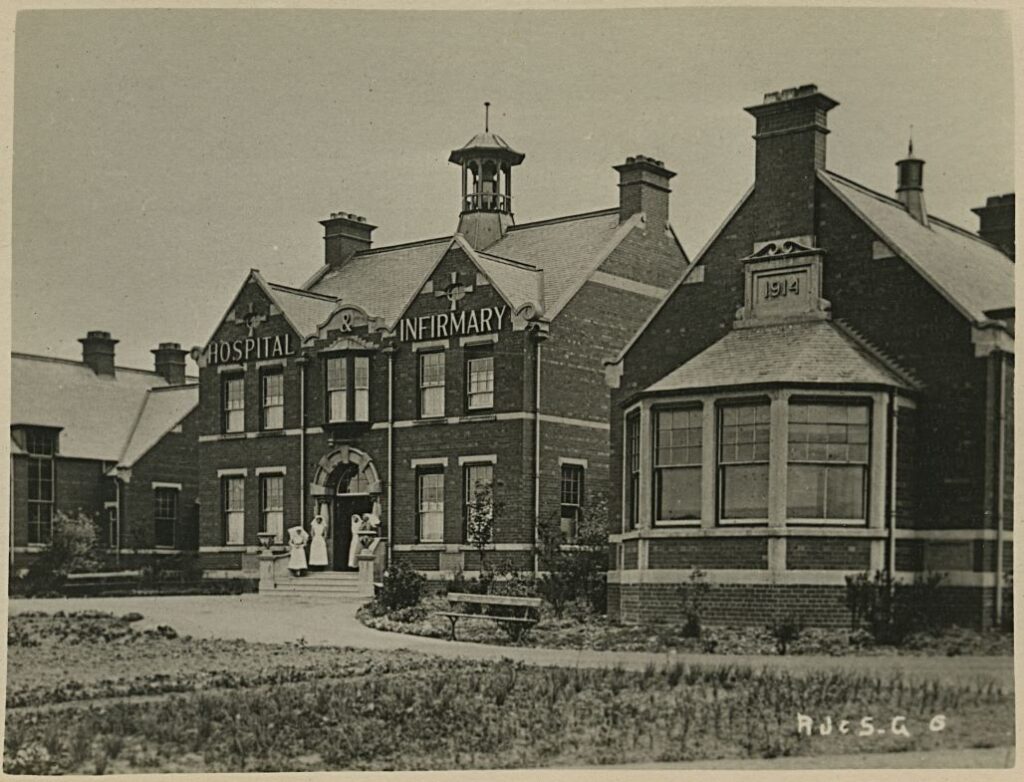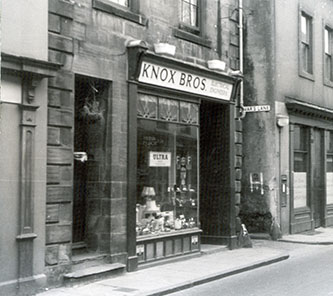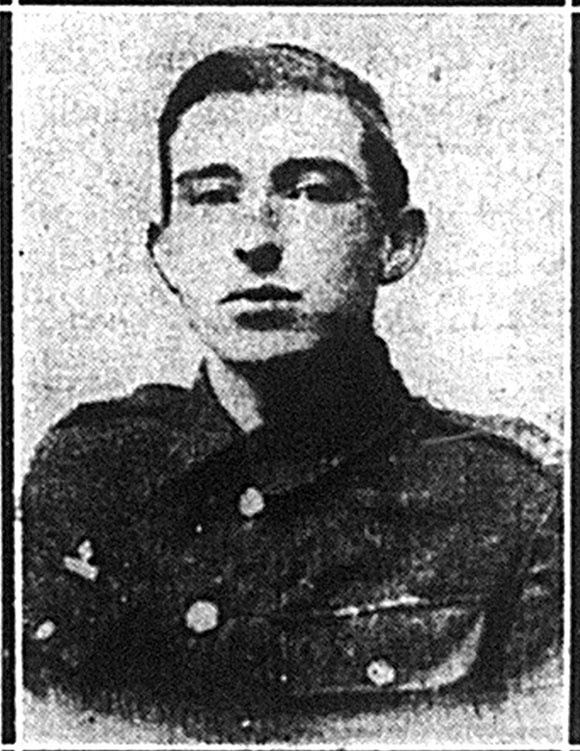This blog has been researched and written by Dee Love, one of the volunteers on our maternity care project. Project volunteers are researching maternity care in Northumberland with particular focus on Castle Hills Maternity Home, Berwick, and Mona Taylor Maternity Home, Stannington. The blog is based on wider research exploring maternity provision in Northumberland.

As late as October 1972 discussions were still ongoing about the future of the Thomas Knight Memorial Hospital. The House Committee had been told no proposals had been made for replacing the hospital but it’s functions may change in the light of circumstances.
The Committee were adamant that the Beulah House Maternity Hospital should continue to function until the new and extended maternity hospital that was promised for Blyth was in place, then there would be opportunities for all interested parties to have time to express their views re any possible changes for the use or closure of any hospital within the group.
It would appear that, according to figures released by the Hospital Management Board, there was a decline in the number of patients at Beulah House. This may have been due to the G.P.s referring patients to the new maternity unit in Ashington.
Beulah House Maternity Hospital
Service usage 1972 July August September
Admissions 24 23 23
Outpatients 0 14 3
Average no. of patients per day 3.6 4.6 2.9
Service Usage October 1973
Admissions 17
Average no of patients per day 3.5
Questions were asked in the House of Commons on 4 April 1973 about hospital provision in Blyth by Eddie Milne the M.P. for Blyth. It was obviously a topic which was very much on the minds of Blyth’s residents.
Eddie Milne: What would Secretary of State for Social Services, Keith Josephs’ policy be towards G.P. run Cottage Hospitals to supplement coverage of patients provided by District General Hospitals?
Keith Josephs: A decision has been made that this would happen – that Community Hospitals would be complementary to District Hospitals.
They would provide supplementary care which didn’t need the highly specialized care facilities of a District Hospital.
Eddie Milne: Would they provide Maternity Care or would that be centred on the District Hospitals?
Keith Josephs: Community Hospitals will cater for a variety of patients and will differ from the traditional Cottage Hospitals.
The end finally came for Beulah House on 31 October 1973. On 14 May 1973 the Hospital Board stated that it would inform the public of the closure of Beulah House. They also said that full use of the facilities should be made right up to the closing date and that all those directly concerned would be informed.
When the Blyth Hospital House Committee met on 10 .December 1973 they put on record their appreciation of the service given by the entire staff of Beulah House. They stated that all staff either accepted alternative employment or resigned voluntarily. The Principal Nursing Officer stated that he had written to all staff and that all staff had been offered alternative employment within the Group. Three out of ten Nurses employed had given written acceptances. Mr. A. J. Lennon P.N.O. undertook to remind staff who had not yet replied. Some staff had replied that they would not be able to accept alternative employment due to domestic problems involving future hours of work and travelling difficulties.
Blyth Hospital House Committee met for the last time on Monday 11 February 1974. The minutes recorded that a Community Hospital was to be built on Laverock Hall Road in Blyth which would have at least 100 beds but no completion dates were given and no specific mention of a maternity unit was made. The minutes end with the stark statement, “Committee disbanded.”
The Development of Ashington Hospital
On February 18 1966, The Northumberland Gazette printed a statement from Mr. J. Bernard, the Secretary to the Wansbeck Hospital Committee.
“After 25 years as a Maternity Home the Mona Taylor Unit at Stannington will be absorbed into The Thomas Taylor Homes.
Patients and staff will be absorbed into a Maternity Unit planned as part of Ashington Hospital’s £11.4 million extension programme. Until then it will continue to provide a service. The new maternity unit will have 74 beds, a Nurses’ Home and a Midwifery Centre.”
The County Welfare Committee’s Annual Report for 1961 announced that a further record had been established when mothers brought 28240 children to Child Welfare Clinics. This was an increase of 30% (7000 children) since 1951. It also noted that the infant mortality rate was still below the national average and that a major factor in this improvement is close co-operation in antenatal care between Family Doctors, Midwives, and Health Visitors.
When The County Medical Officer of Health published his Annual Report in1962 he reported that the co-operation between the three parts of the Maternity Services was maintained at a high level. The 1962 report also recorded that the birth rate had reached 8,416. Live births had fallen slightly from 19,3% to 18.25% per thousand of registered births. Of the 159 still births recorded in Northumberland, 80 were premature. In 1964, 83% of confinements were in hospital and the infant mortality rate had fallen again.
All of which attests to the success of the NHS approach to joined up Maternity Care but the law of intended consequences struck. The success of hospitals in coping with such a large proportion of confinements in itself raised a problem. Mothers discharged from hospital would then receive post-natal care from Domiciliary Midwives but the number of home confinements has fallen and actual experience of home deliveries was reduced.
The first hospital in Ashington was built in 1913 and served the town until 1993 when Wansbeck General Hospital was built. In the 1960s the hospital underwent extensive redevelopment and after years of campaigning and complaint it was at last to include a maternity unit.
Finally, in 1967 the redevelopment of the Hospital was near completion. The Hospital Secretary’s report on the progress of Phase 2 of the project noted that the Nurses’ Home had been taken over and occupied the previous week. The contractors said they would hand over the new maternity unit building by the end of June and the department would open on 1st August1967. After a very long wait women in and around Ashington finally had a local maternity unit.
While many in Northumberland mourned the loss of the small, local maternity units the centralization off the service in the1960s, did for the most part, improve both ante natal and post-natal care mothers and their children received. No system is perfect but M.O.H reports prove that huge improvements had been made in the provision of Maternity Care in Northumberland.






